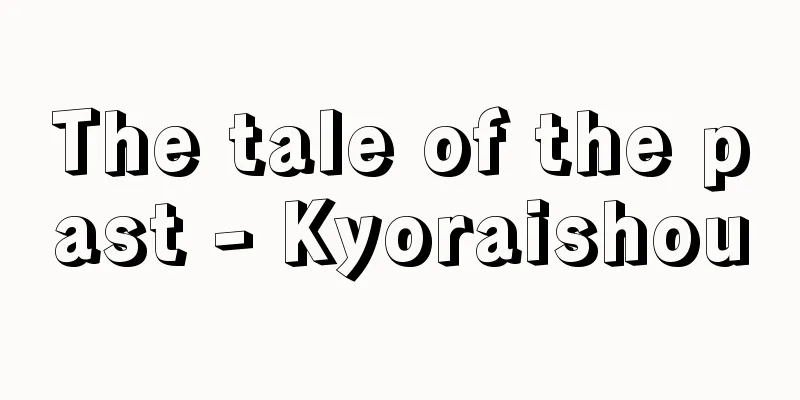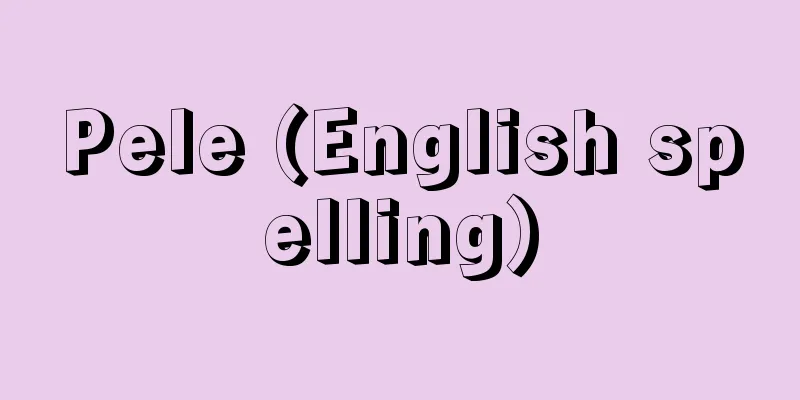The tale of the past - Kyoraishou

|
This is Kyorai's treatise on haiku. It was completed around 1704 (Hōei 1) during Kyorai's later years. It consists of four parts: "Comment on the Master," "Comment on Fellow Students," "Chronicles," and "Training Instruction." The first two are Kyorai's own handwritten manuscripts, while the others are handed down as copies. In 1775 (An'ei 4), Kyorai Sho (only the three parts excluding "Chronicles") was published in woodblock by Kyodai and others in Owari (Aichi Prefecture). The contents of the book center on the words of the ku review that Kyorai heard from his teacher Basho on various occasions, and also cover the ideas, techniques and sense of expression of Sho-style haiku, such as the theory of composing haiku that he competed with the senior disciples of the Sho school. In particular, the theory of immutability and fashion, sabi, shiori and thinness, and the relationship between scent, echo and memory are important for understanding the characteristics of Sho-style haiku. The main text reflects Kyorai's sincere personality and is considered to be a faithful description of his teacher's teachings, so it is highly regarded, along with Toho's Sanzōshi, as a fundamental source of Sho-style haiku theory, but it should also be noted that Kyorai has a unique sense of structure based on his own views. [Minoru Horikiri] "Complete Collection of Japanese Classical Literature 51: Renga Essays, Nohgaku Essays, Haiku Essays" (1973, Shogakukan) edited and translated by Riichi Kuriyama et al . "Complete Collection of Japanese Classical Literature 51: Renga Essays, Nohgaku Essays, Haiku Essays" (1975, Kazama Shobo) by Shinichi Minami Source: Shogakukan Encyclopedia Nipponica About Encyclopedia Nipponica Information | Legend |
|
去来の俳諧(はいかい)論書。去来晩年の1704年(宝永1)ごろ成立。「先師評」「同門評」「故実」「修業教」の4編からなり、前2編は去来自筆稿本、他は写本によって伝わる。1775年(安永4)に尾張(おわり)(愛知県)の暁台(きょうたい)らによって板本『去来抄』(「故実」を除く3編のみ)が刊行されている。内容は、去来がおりに触れて師芭蕉(ばしょう)から聞いた句評の詞(ことば)などを中心に、蕉門の高弟たちとたたかわせた作句論など、蕉風俳諧の理念・手法や表現意識にもわたっており、とくに不易流行(ふえきりゅうこう)や、さび・しをり・細みについての説、匂(にお)ひ・ひびき・俤(おもかげ)などの付合(つけあい)論は、蕉風俳諧の特質を知るうえに重要である。本文は、篤実な去来の人柄を反映して、師翁の教説に忠実な記述とみられることから、土芳(とほう)の『三冊子(さんぞうし)』とともに、蕉風俳論の根本資料として高い評価を与えられているが、去来自身の見解に基づく独自な構成意識のあることも見逃せない。 [堀切 實] 『栗山理一他校注・訳『日本古典文学全集51 連歌論集・能楽論集・俳論集』(1973・小学館)』▽『南信一著『総釈去来の俳論 下』(1975・風間書房)』 出典 小学館 日本大百科全書(ニッポニカ)日本大百科全書(ニッポニカ)について 情報 | 凡例 |
<<: Torpedo boat - Gyoraitei (English spelling) motor torpedo boat
>>: Torpedo - Gyorai (English spelling) torpedo
Recommend
Iinuma
One of the surnames. Source: The Selected Edition ...
Marcoussis, L. (English spelling) MarcoussisL
...The Puteaux School continued its wave of demon...
Restrictions on Yen Conversion
A method of foreign exchange control to restrict ...
Muff - Mafu (English spelling) muff
A tubular object used mainly by women to keep the...
ablaq
...For information on Islamic architecture in Ind...
Kushiro [city] - Kushiro
A city in eastern Hokkaido facing the Pacific Ocea...
Ise Riots
In December 1876 (Meiji 9), the largest anti-land...
Elias, JS (English spelling)
…The paper became authoritative, but it became bo...
Lacertilia
... is a general term for reptiles with well-deve...
Okumumeo - Okumumeo
Social activist. Born in Fukui Prefecture. Real n...
Kyoriku - Kyoriku
A haiku poet from the mid-Edo period. Morikawa. H...
Balboa (English spelling) Vasco Núñez de
[Birth] 1475? Lederos Caballeros Died January 1519...
River traffic
Transportation by boat along rivers. It is called...
Arbor, EAN - Arbor
...The projections were once thought to have evol...
Asama tan - Asama tan
... In addition, Mount Haneyama (1,256m) near Kyu...









